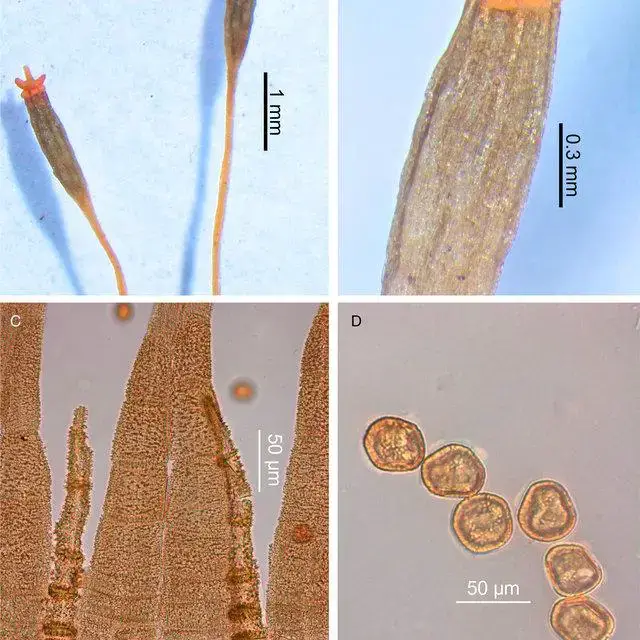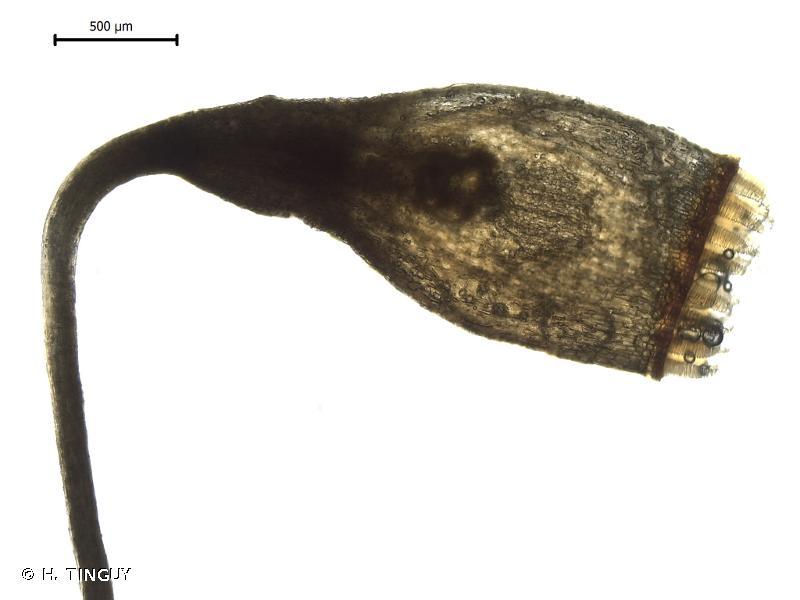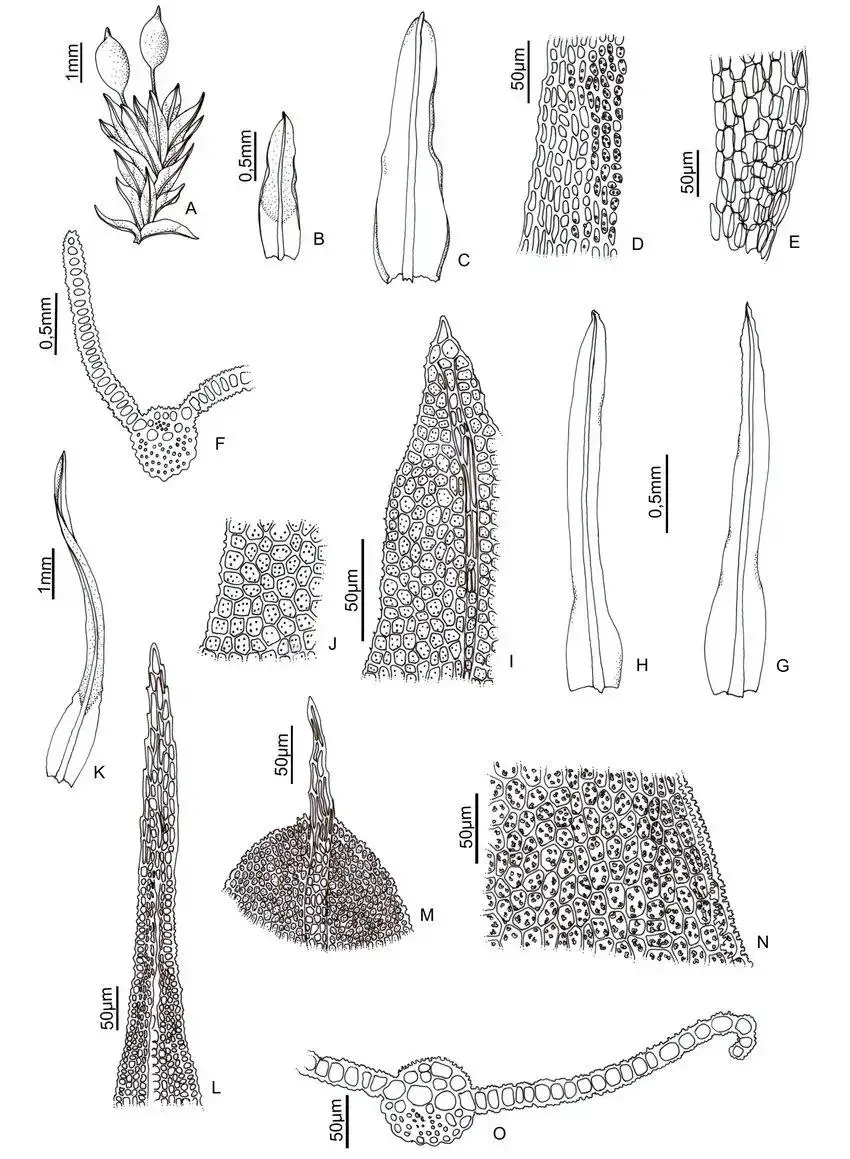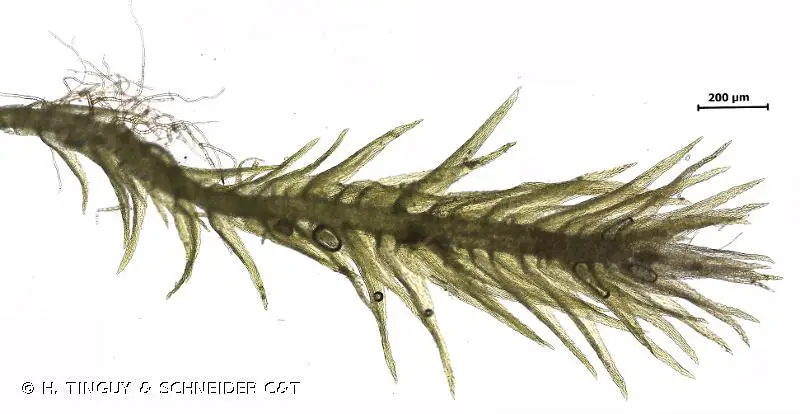
Typification-of-Ulota-macrodontia-Dusen-ex-Malta-Details-of-main-morphological_Q640.jpg from: https://www.researchgate.net/figure/Packet-label-of-isotype-of-Neckera-hymenodonta-Muell-Hal_fig2_285123129
Exploring the Fascinating World of Orthostichidium Moss
Introduction
Mosses are some of the most ancient and resilient plants on Earth. One particularly interesting genus is

382668.jpg from: https://inpn.mnhn.fr/espece/cd_nom/434460
Orthostichidium Müll.Hal. ex Dusén, commonly known as

Tortella-lilliputana-Muell-Hal-ex-Roth-RH-Zander-A-Habit-B-C-Leaves-D-Median.png from: https://www.researchgate.net/figure/Tortella-lilliputana-Muell-Hal-ex-Roth-RH-Zander-A-Habit-B-C-Leaves-D-Median_fig9_296705710
Orthostichidium moss. This moss belongs to the Pterobryaceae family and is found in various parts of the world. In this blog post, we’ll dive into the captivating world of Orthostichidium moss, exploring its morphology, habitat, ecological roles, and more. Get ready to be amazed by this tiny but mighty plant!
Background
Mosses are non-vascular plants in the division Bryophyta. They lack true roots, stems, and leaves, instead having structures that serve similar functions. Mosses reproduce via spores rather than seeds and are found in a wide range of habitats worldwide, from arctic tundra to tropical rainforests. The genus Orthostichidium contains around 20 species of mosses.
Morphology and Identification
Orthostichidium mosses are pleurocarpous, meaning they have a branching, creeping growth form. The stems are often pinnately branched and can reach several centimeters in length. The leaves are ovate-lanceolate in shape and have a single costa (midrib). A key identifying feature is the alar cells, which are enlarged cells at the base corners of the leaves.
The sporophytes

397502.jpg from: https://inpn.mnhn.fr/espece/cd_nom/5455?lg=en
(spore-producing structures) of Orthostichidium are lateral and have elongated setae (stalks). The capsules are erect and cylindrical. Peristome teeth are present and help disperse the spores.
Global Distribution and Habitat
Orthostichidium mosses are found in tropical and subtropical regions around the world, including parts of Central and South America, Africa, and Asia. They typically grow as epiphytes on trees and shrubs in humid forests. Some species are also found growing on rocks or decaying logs.
Ecological Roles and Adaptations
Like other mosses, Orthostichidium plays important ecological roles:
Water and nutrient cycling: Mosses absorb water and nutrients from their surroundings, helping regulate moisture levels and nutrient availability in their ecosystems.
Habitat for micro-organisms: The complex structure of moss mats provides shelter and habitat for various micro-organisms, contributing to biodiversity.
Erosion control: By covering soil and rocks, mosses help prevent erosion and stabilize substrates.
Orthostichidium mosses have several adaptations that allow them to thrive in their habitats:
Desiccation tolerance: Many mosses can survive periods of drying out and quickly rehydrate when water becomes available again.
Efficient water and nutrient uptake: The leaf and stem structure of mosses facilitates rapid absorption of water and dissolved nutrients.
Asexual reproduction: In addition to sexual reproduction via spores, mosses can also reproduce asexually through fragmentation, allowing them to spread and colonize new areas easily.
Conclusion
Orthostichidium moss may be small, but it is a fascinating and ecologically important plant. From its distinctive morphology to its global distribution and vital roles in ecosystems, this moss genus is truly remarkable. Next time you’re in a humid forest, keep an eye out for these tiny wonders and appreciate the complexity and resilience of the plant kingdom. Who knows what other secrets these ancient plants hold?